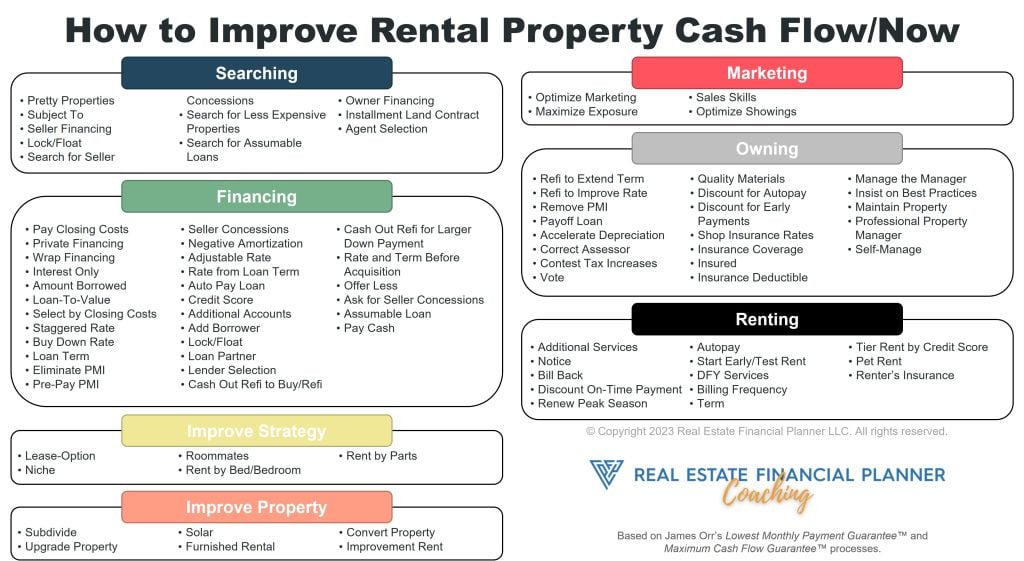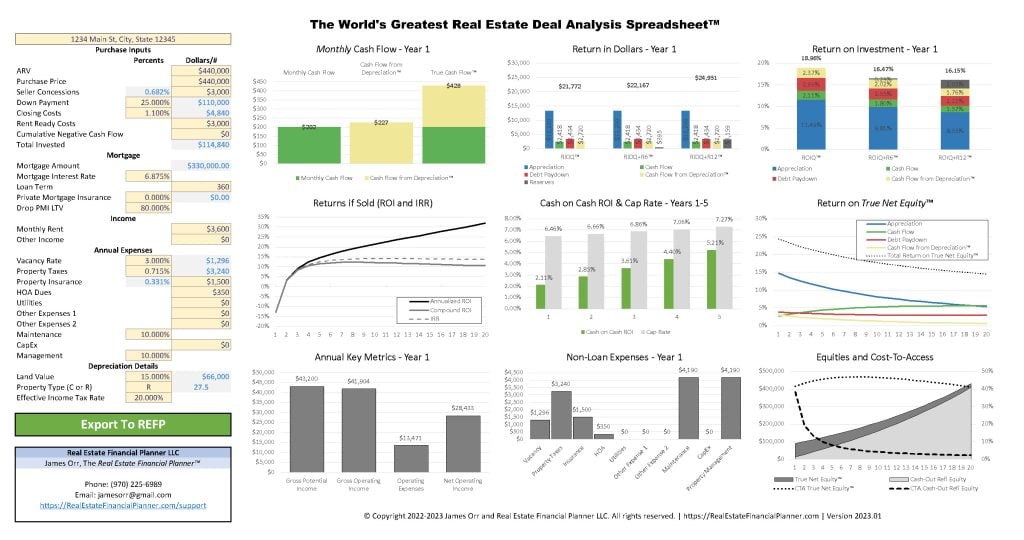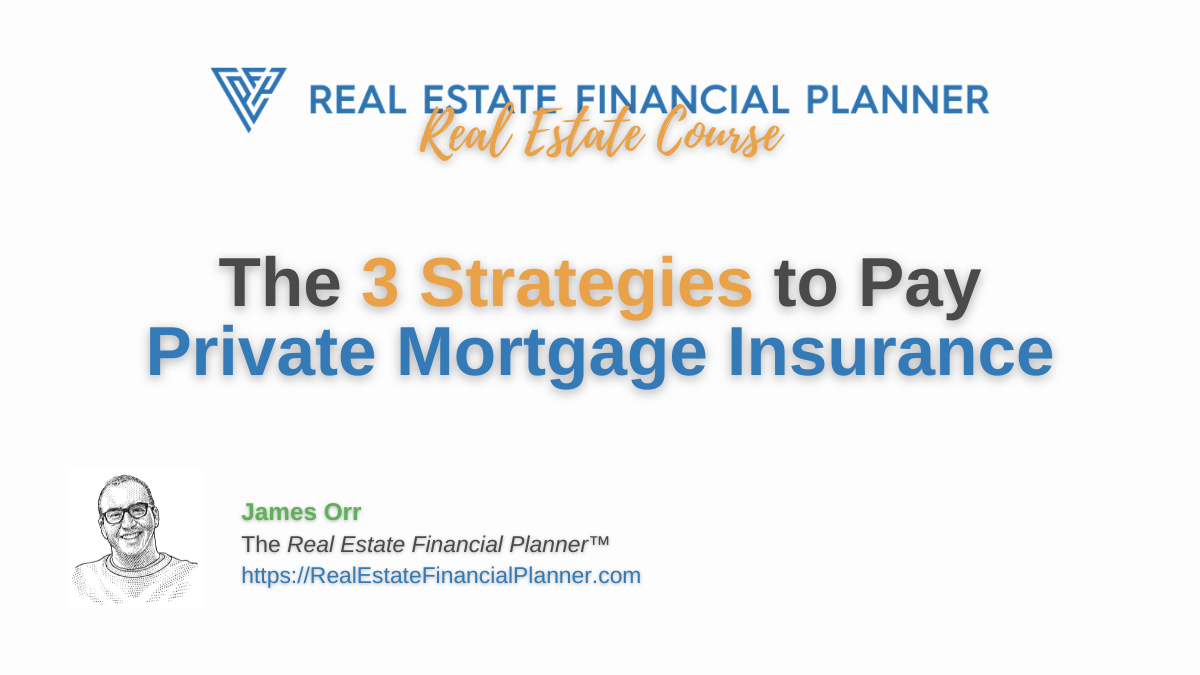Are you planning on buying a property but don’t have the 20% down payment required by lenders? Don’t worry, there are still options available to you! Private Mortgage Insurance (PMI) is a common way to protect lenders when borrowers put less than 20% down. But did you know there are three different strategies for paying PMI? In this blog post, we’ll break down each strategy and help you decide which one is right for you.
So let’s dive in and learn about the 3 Strategies to Pay PMI!
3 Strategies to Pay PMI
When it comes to buying a property with less than a 20% down payment, lenders usually require Private Mortgage Insurance (PMI) to protect themselves in case of default. But did you know there are three different strategies for paying PMI? Let’s break them down.

First up, the upfront, lump-sum PMI fee. This option involves paying a one-time payment for PMI at the time of acquiring the property. The benefit? You don’t have to worry about the loan-to-value of the property and when PMI drops off. Plus, you don’t have that monthly PMI payment, so your cash flow is improved. However, the downside is that you need to have a big chunk of money upfront.
Next, you can increase the interest rate and have the lender pay PMI for you. You voluntarily take a higher interest rate in exchange for not having to pay PMI. The benefit? You don’t have a monthly PMI payment, so your cash flow is improved. Plus, it does not hurt your debt-to-income ratio. The downside? You may end up paying more in interest over time.
Lastly, you can pay a monthly PMI premium. This option involves paying a monthly premium to a third-party insurance company. The benefit? You can spread the cost out over time. The downside? You have a monthly PMI payment, which reduces your cash flow. Plus, you may have to pay an appraisal fee to prove you’re at 80% loan-to-value, which can cost hundreds of dollars.
So, which option is right for you? It depends on your situation and plans for the property. If you’re planning on holding the property for a long time, paying the upfront lump-sum PMI fee might be the best option. If you’re planning on selling the property soon, paying the monthly PMI premium might be better. Or, if you want to improve your cash flow, increasing the interest rate and having the lender pay PMI for you could be the way to go.
Remember, each option has its pros and cons, so it’s important to do your research and calculate the return on investment for each option. With the right strategy, you can make PMI work for you and get that dream property sooner than you think!
Upfront, Lump-sum PMI Fee

Are you tired of paying monthly Private Mortgage Insurance (PMI) fees? Do you want to improve your monthly cash flow and not worry about when PMI drops off? Consider making a single, upfront, lump-sum payment for PMI instead!
With this strategy, you don’t have to worry about your Loan-To-Value (LTV) or when PMI drops off. No more appraisals needed! Plus, you can calculate your estimated return on investment compared to other options like increasing your down payment or buying down your interest rate.
Making an upfront payment doesn’t hurt your Debt-To-Income (DTI) ratio, which can help you qualify for this property and future properties. And let’s not forget the improved monthly cash flow!
Sure, it requires a big chunk of money upfront, but think about the potential savings in the long run. And with the market appreciating quickly, you might not even have to pay monthly PMI for very long at all.
So, are you ready to make a smart move and pay your PMI upfront? It might just be the best decision you make for your investment.
Lender Paid: Higher Interest Rate
When it comes to paying private mortgage insurance, there’s more than one way to skin a cat. But have you considered voluntarily accepting a higher interest rate to receive a credit from the lender that can be used to pay for an upfront, lump-sum PMI fee for you? It’s like having your cake and eating it too!
Sure, you’re voluntarily taking a higher interest rate, but the benefits are hard to ignore. You might have better cash flow in the short-term than paying it monthly, and there may even be some tax benefits since interest is tax deductible. Plus, if you’re an owner-occupant, the interest and insurance are both expenses, so it’s a win-win.
Of course, there are downsides to consider as well. The higher interest rate lasts for the life of the loan, so you’re trading a small, short-term improvement in cash flow for worse overall cash flow later. And it also impacts your DTI when qualifying for this property and your next loans.
But if you know for certain you’re going to sell or refinance, it may be acceptable. So why not consider this strategy and see if it’s the right fit for you?
Monthly PMI
Are you struggling to come up with the funds for a big upfront payment on private mortgage insurance (PMI)? Don’t worry, there’s another option: making monthly PMI payments. This strategy allows you to spread out the cost over time and improve your cash flow, especially in the early stages of owning the property when positive cash flow may be harder to achieve.
And the best part? These payments are often temporary in nature, meaning they can go away once you drop below 80% loan-to-value. So you won’t have to worry about the PMI impacting your debt-to-income ratio forever.
Of course, there are downsides to this strategy, such as the potential impact on your DTI when qualifying for this property and your next loans. But overall, making monthly PMI payments can be a smart and convenient option for those who want to avoid a big upfront payment.
So don’t let the cost of PMI hold you back from investing in real estate. With the option of making monthly payments, you can move forward with confidence and achieve your goals.
Analyzing Deals with Private Mortgage Insurance

Be sure to utilize The World’s Greatest Real Estate Deal Analysis Spreadsheet™ to see the impact of each option before deciding which PMI strategy to implement.
Conclusion
In conclusion, choosing the right strategy for paying PMI can save you thousands of dollars over the life of your loan. With the upfront lump sum payment, you can improve your cash flow and not worry about PMI dropping off. With the lender-paid option, you can get a credit and potentially better cash flow, but at the cost of a higher interest rate. And with the monthly PMI option, you can spread out the cost over time and improve your cash flow early on, but at the cost of a potentially higher DTI.
It’s important to consider your goals for the property and your financial situation when deciding which option is best for you. And remember, each option has its pros and cons, so it’s important to do your research and calculate the return on investment for each option. With the right strategy, you can make PMI work for you and get that dream property sooner than you think!
So what are you waiting for? Start crunching the numbers and see which option is the best fit for your investment goals. Don’t let PMI hold you back from achieving your real estate dreams. Choose the strategy that works best for you and take that leap towards financial freedom!

